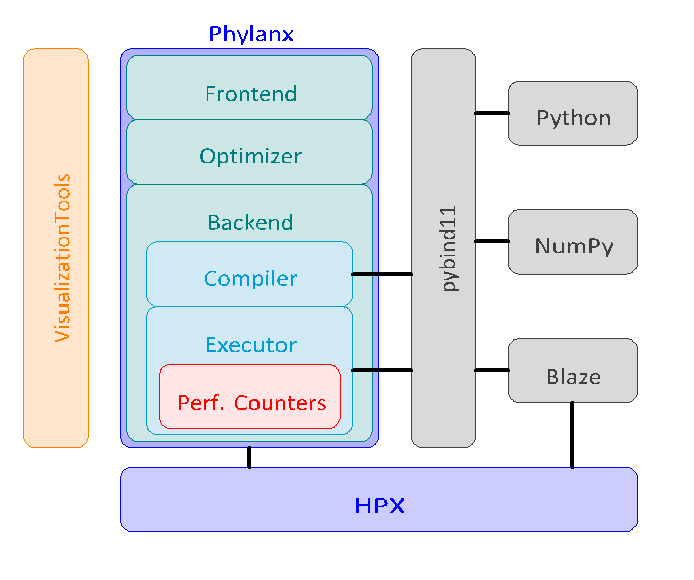

- #MERN STACK DIAGRAM INSTALL#
- #MERN STACK DIAGRAM UPDATE#
- #MERN STACK DIAGRAM CODE#
- #MERN STACK DIAGRAM OFFLINE#
#MERN STACK DIAGRAM UPDATE#
Update the package.json file in the backend directory by adding the following to the script object. To generate VAPID keys, we will use one of the scripts by the web-push module we installed earlier. VAPID helps to identify our server as the initiator/creator of any message sent to the push service to be shipped to the client’s device and also helps the push service to notify the server owner via emails whenever there are issues with a pushĪlthough it’s not compulsory to generate VAPID keys, it’s good practice as it regulates the traffic coming to clients and can reduce the chances of an attack. We want to send notifications to the client and ensure that it comes from our server, not some random server that somehow managed to access our client’s subscription information.

#MERN STACK DIAGRAM CODE#
The server.jsįile is where our server code will live, and the subscriptionModel.js file will hold the model, which will be used to store subscription information in our MongoDB database. The code above first initializes our project and installs necessary dependencies-one of which is web push, used on the server to communicate with the push service to send notifications-followed by creating the necessary files. Lastly, to set up the backend folder, open your terminal and insert the following commands.
#MERN STACK DIAGRAM INSTALL#
Next, we install Axios, the HTTP client to be used to communicate with our backend.

Now we need to configure the frontend folder and install the necessary dependencies insert the following code into your terminal. The above command creates a project directory and then creates two subfolders. Building servers with Express and Node.jsįirst, paste the following code into your terminal to set up the required folders.Prerequisitesīasic knowledge about the below is necessary to follow along with this post: User’s device, it is passed to the service worker via a push event which finally displays the notification on the user’s device.
#MERN STACK DIAGRAM OFFLINE#
If the client’s device is offline when the message arrives, the message may be dropped and not sent or preserved and then sent later when the device comes online, all based on the specifications of the server. The push server receives the message and forwards it to the appropriate Server receives this subscription information that is then saved in a database and used to communicate with the push service with whatever message (string) is to be sent to the client. Then, it creates some subscription information unique to the client, which is then shipped to a web server via HTTP. The diagram below shows how push notifications work.įirst, it registers a service worker on the client application and then gains permission from the client to enable notifications. In this article, we will be examining and implementing one of these native mobile applicationįeatures: push notifications, which provide an elegant way to engage users with personalized content. Since the advent of PWAs (progressive web applications) and service workers, native mobile application features do not feel like a far cry from what the web offers. We will examine and implement push notifications using the web push protocol in a mobile app, giving us customization control.


 0 kommentar(er)
0 kommentar(er)
